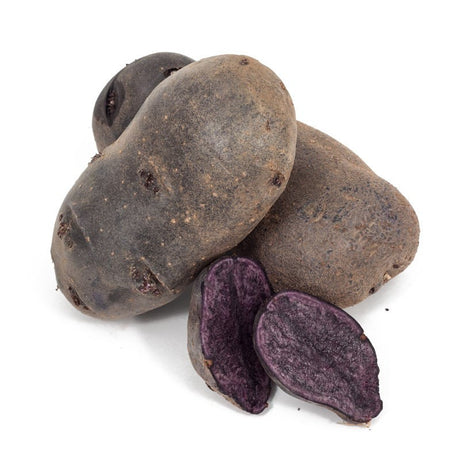
Planting and Growing Organic Potatoes
It's potato time!!! We've been talking about organic seed potatoes since November but we're finally getting around to planting. In my garden, all of my garlic was planted in Raised...
Mary Smith |
Welcome to our store Learn more

It's potato time!!! We've been talking about organic seed potatoes since November but we're finally getting around to planting. In my garden, all of my garlic was planted in Raised...
Mary Smith |

More and more, customers are asking us to carry Organic Seed Potatoes at Mary's Heirloom Seeds. You might be asking yourself, "What's the difference between a Seed Potato and one...
Mary Smith |
Over 1,000 varieties of Heirloom Seeds
Free Shipping on Qualifying orders of $20 or more
Planting guides to help you grow a successful garden